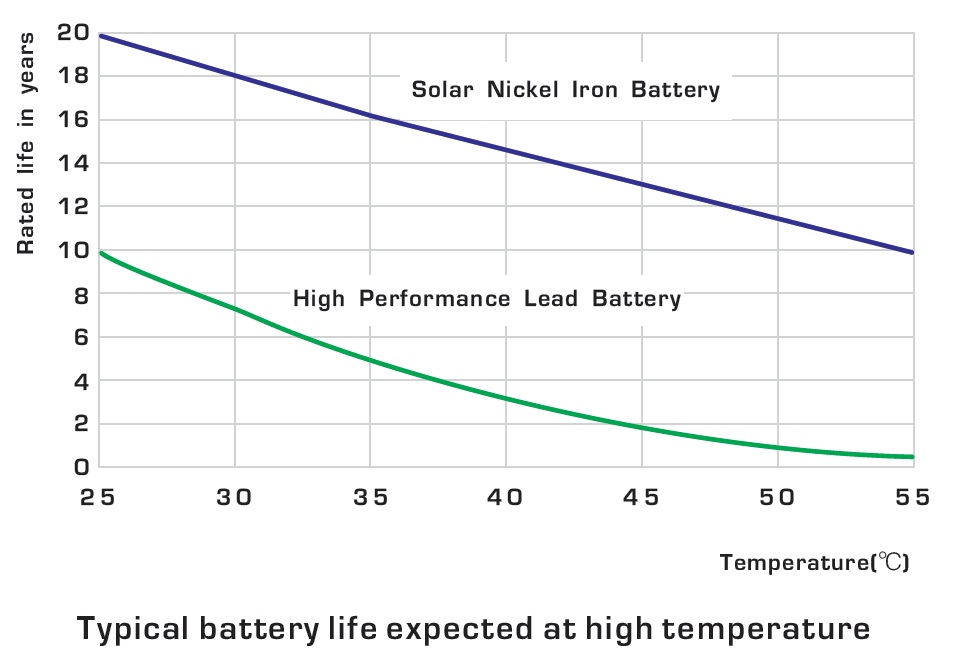The Hidden Downsides: 17 Terrible Things About Owning an Electric Vehicle

1. **Range Anxiety**: One of the most talked-about issues for electric vehicle owners is range anxiety. As electric vehicles (EVs) become more popular, the fear of running out of battery power before reaching a charging station persists. While many modern EVs can travel significant distances on a single charge, real-world conditions such as cold weather can dramatically reduce range. Moreover, the availability of charging stations may not always align with your travel needs, leading to anxiety about being stranded without power.

2. **Long Charging Times**: Charging an electric vehicle takes significantly longer than filling up a gas tank. While rapid chargers can charge an EV to around 80% in 30 minutes or so, this still pales in comparison to the mere minutes it takes to refuel a gasoline vehicle. For those who may need a quick turnaround on a long journey or have busy schedules, this inconvenient charging time can feel like a major drawback.

3. **Charging Infrastructure Gaps**: Despite growing networks of charging stations, many areas still lack sufficient infrastructure. Rural regions might have limited access to charging points, making it difficult for electric vehicle owners to plan long trips. Furthermore, the need to charge regularly can be a hassle, especially if you lack access to home charging facilities.

4. **Battery Degradation Over Time**: Like any battery, the batteries in electric vehicles degrade over time. This degradation can result in reduced range and performance, making the vehicle less enjoyable and potentially necessitating costly replacements. For instance, some early electric vehicles have seen their range cut in half after several years of use, raising concerns about long-term ownership costs.
5. **High Initial Costs**: The purchase price of electric vehicles remains high compared to traditional gasoline-powered cars. Although prices have been decreasing, the initial investment can be a significant barrier for many consumers. Even with incentives and rebates, some models can still stretch budgets, making it difficult for many families to consider the switch to electric.

6. **Limited Model Variety**: While the market for electric vehicles is growing, options remain somewhat limited compared to traditional vehicles. Not all consumers can find an EV that fits their needs, whether they require larger vehicles for families, specific performance capabilities, or particular features that may not be available in the current EV offerings.

7. **Weight and Handling Issues**: Electric vehicles are generally heavier than their gas-powered counterparts due to their batteries, which can affect handling and braking dynamics. While some EVs are designed with performance in mind, the added weight can lead to a less agile driving experience, especially in tight corners or during sudden stops.

8. **Environmental Concerns from Production**: While electric vehicles are often touted as environmentally friendly, the manufacturing process is not without its emissions. The extraction, refining, and processing of materials used in EV batteries, such as lithium and cobalt, can result in significant greenhouse gas emissions. This often leads to discussions about whether EVs are truly a green alternative when considering the entire lifecycle of the vehicle.

9. **Dependence on Rare Materials**: Electric vehicle batteries require various rare metals, including lithium, cobalt, and nickel. The mining and processing of these materials raise ethical and environmental issues. In particular, cobalt mining has been associated with human rights abuses, including child labor, which further complicates the perception of electric vehicles as a sustainable option.

10. **Home Charging Limitations**: Not everyone has access to a reliable home charging setup. Apartment dwellers or those living in multi-unit buildings may find it difficult to charge their electric vehicles consistently. This situation can lead to reliance on public charging stations, which may not always be conveniently located or available, making the ownership experience more stressful.

11. **The Weight of the Battery**: One of the most overlooked aspects of electric vehicles (EVs) is their weight. The large batteries that power these vehicles can significantly increase their overall mass, making them heavier than conventional cars. This added weight can lead to reduced efficiency and performance, as well as increased wear and tear on tires and brakes. Moreover, the heavier the vehicle, the more energy is required to move it, which can negate some of the benefits associated with electric propulsion.

12. **Repair and Maintenance Costs**: While electric vehicles require less frequent maintenance than traditional gasoline-powered cars, when repairs are needed, they can be shockingly expensive. The specialized components, particularly the battery packs and electric drivetrains, can lead to high repair bills. Additionally, finding a qualified technician who is trained to work on EVs may be challenging, especially in rural areas, which can further inflate repair costs and lead to longer downtimes.

13. **Limited Towing Capacity**: If you plan on using your vehicle for towing purposes, you might want to think twice about an electric vehicle. Many EVs currently on the market have limited towing capacities when compared to their gasoline counterparts. This limitation can make them less versatile for families or individuals who rely on their vehicles for hauling trailers, boats, or other heavy loads. As the industry evolves, some manufacturers are starting to address this drawback, but options are still limited.
14. **Higher Insurance Premiums**: The cost of insuring an electric vehicle can often be higher than that of a conventional one. This is due to various factors, including the high replacement costs of EV parts and their perceived risk of theft, as electric components may be highly sought after. For many EV buyers, this unexpected expense can add to the overall cost of ownership, making the switch to electric less appealing.

15. **Dependency on Charging Networks**: While the availability of charging stations is improving, the dependency on these networks can be a downside for electric vehicle owners. Not all areas have charging stations readily available, particularly in rural or less populated regions. This lack of access can create significant challenges for long-distance travel, where finding a charging station can be a source of stress and uncertainty.
16. **Long-term Battery Replacement Costs**: Over the lifespan of an electric vehicle, battery replacement can be one of the most significant costs. Although many manufacturers offer warranties for their batteries, these typically last for around eight years or a certain mileage limit. After this period, the cost of replacing a battery can be staggering, often ranging from $5,000 to $15,000. This potential future expense is an essential consideration for anyone thinking about long-term EV ownership.
17. **Charging Costs in Public Spaces**: While charging at home can be cost-effective, using public charging stations can become expensive. As charging networks expand, many have begun to implement fees that vary widely. Depending on location and time of use, these costs can add up quickly, especially if charging at higher rates during peak hours. The unpredictability of charging costs can complicate budgeting for EV ownership.

As we delve deeper into the world of electric vehicles, it’s essential to remain informed about their drawbacks alongside their benefits. By understanding these limitations, prospective buyers can better prepare themselves for the realities of owning an EV. This awareness not only helps in making informed decisions but also paves the way for a more enjoyable and fulfilling electric vehicle ownership journey.
Related posts:
The top pros and cons of electric cars
The 10 Best And Worst Things About EVs That Never Get Mentioned
10 Reasons Why Electric Cars Are Bad
Discover more from Auto Travel World
Subscribe to get the latest posts sent to your email.















